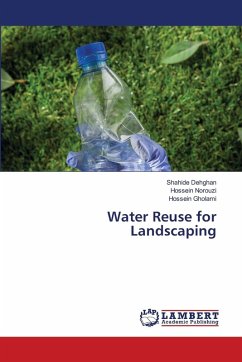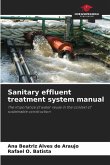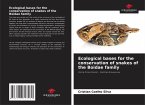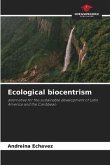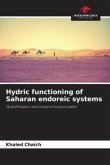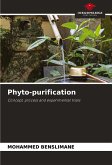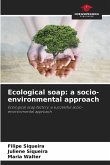The growing demand for water associated with its gradual scarcity is a worrying scenario for society as a whole. In this sense, the rational use of this natural resource is necessary. The reuse of gray water presents itself in this scenario as a mitigating factor for the effects caused by water scarcity, since it reduces the demand for drinking water. Given this perspective, we will present a study on the feasibility of implementing a gray water reuse system that will collect water from showers, sinks, and washing machines for reuse in toilet flushing, floor washing, and garden irrigation. This economic analysis will be based on a hypothetical single-family residential unit with one floor and four users in the semi-arid region of Rio Grande do Norte. The characteristics of gray water, as well as the existing regulations for its use, have been detailed.
Bitte wählen Sie Ihr Anliegen aus.
Rechnungen
Retourenschein anfordern
Bestellstatus
Storno


